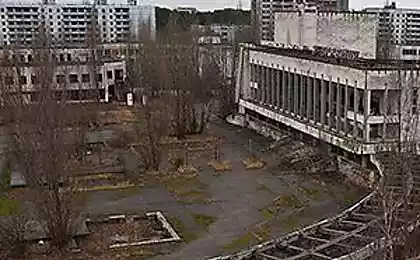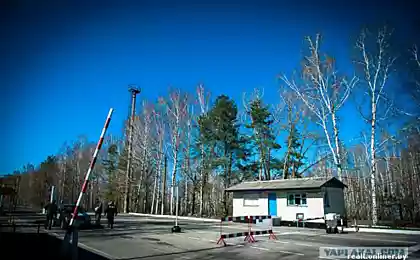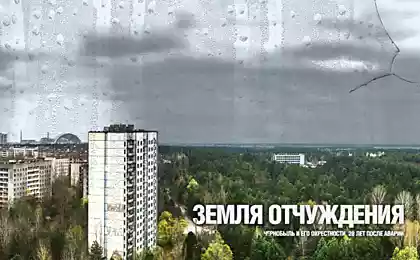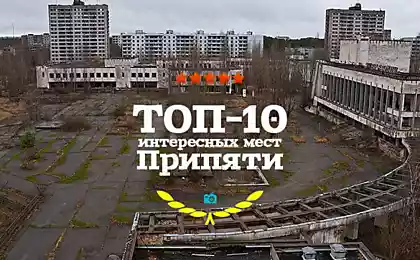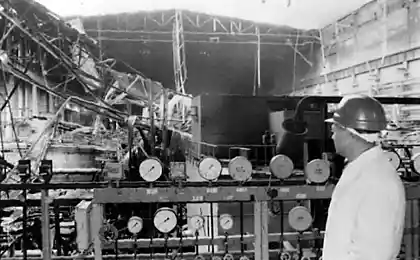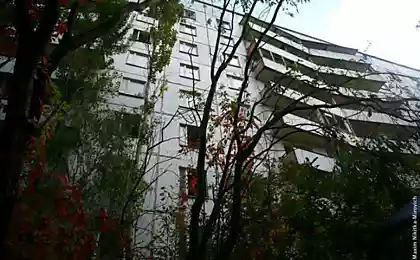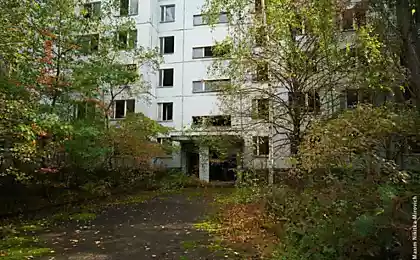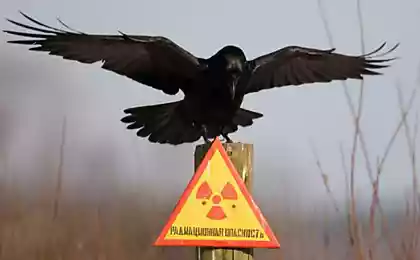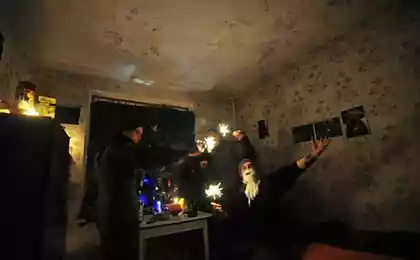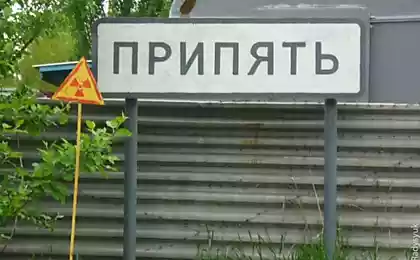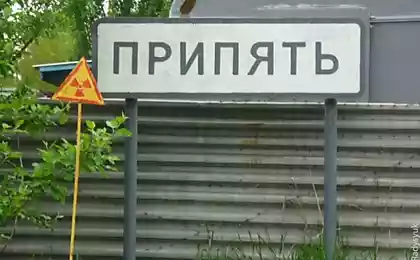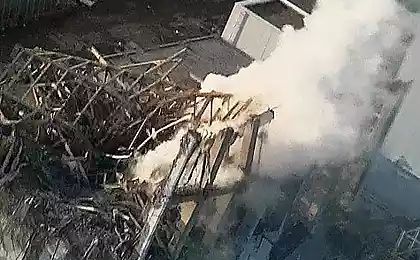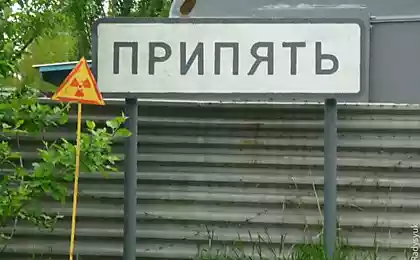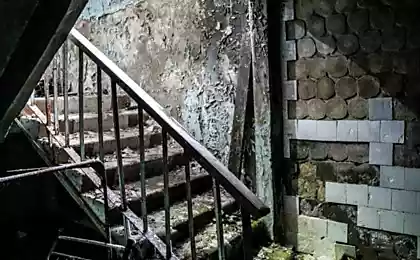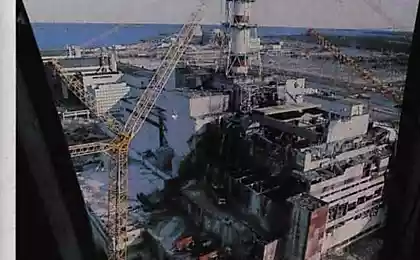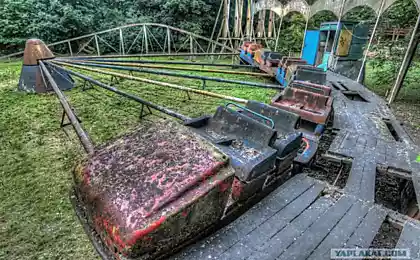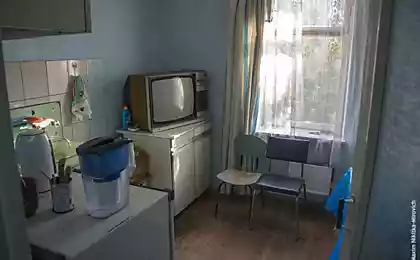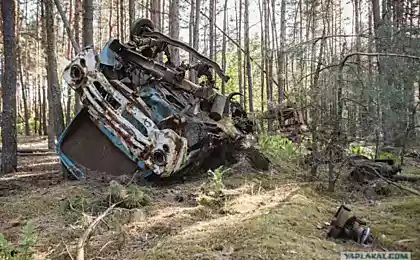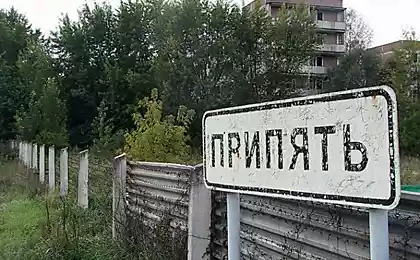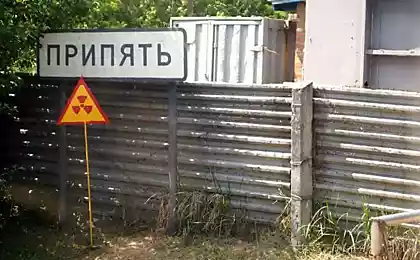1391
Attractions Pripyat
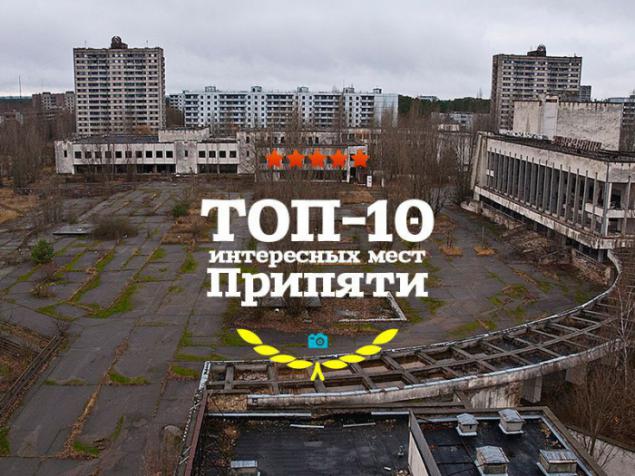
Pripyat - a ghost town, abandoned by residents because of the accident at the Chernobyl nuclear power plant, which happened April 26, 1986.
At the time of the explosion at the Chernobyl nuclear power plant in Pripyat, there were about 48 thousand people. In the days following the accident, all the residents were evacuated, and the city is still infected with radioactive dust, which is absorbed into the ground and walls collapsing buildings, but despite the potential danger to health, the city attracts fans of abandoned sites and frequently visited tourist groups.
Chernobyl NPP
The first nuclear power plant in the Ukrainian town of Chernobyl is notorious because here took place April 26, 1986 the world's largest man-made disaster - the explosion destroyed the reactor was the source of the leak huge amounts of radioactive substances.
The Chernobyl accident is recognized as the most devastating in scope and the number of victims in the history of nuclear power. On the affected areas, known as the "Exclusion Zone", it was evacuated 115,000 people, and the consequences of man-made disaster fought a total of more than 600 thousand people.
The destroyed reactor nuclear power plant was covered with a protective sarcophagus, but over the years it is destroyed and in need of restoration, so the power could once again cause serious danger.
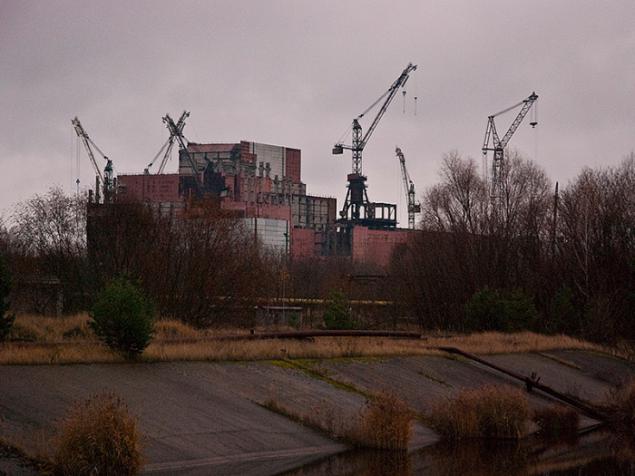
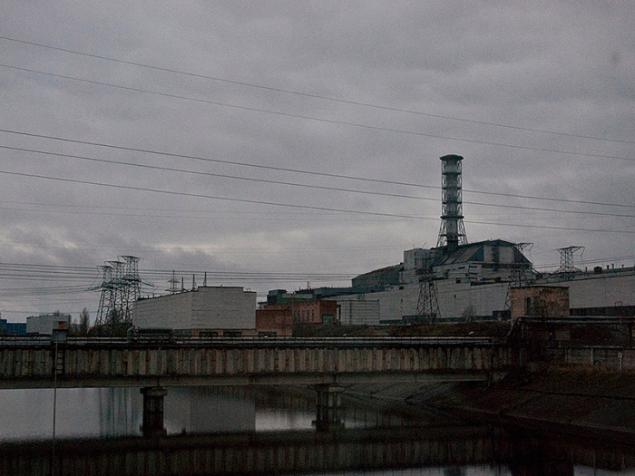
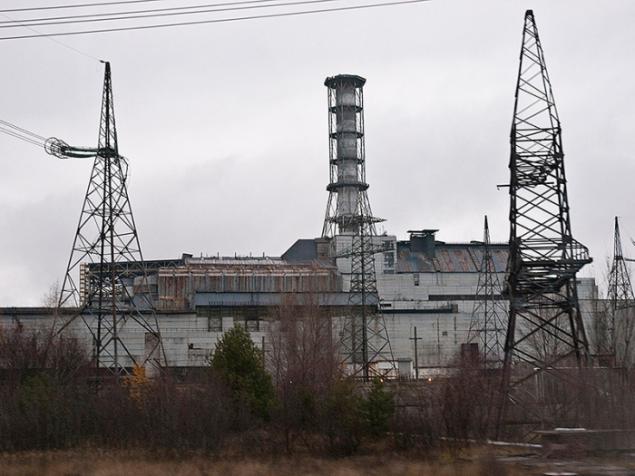
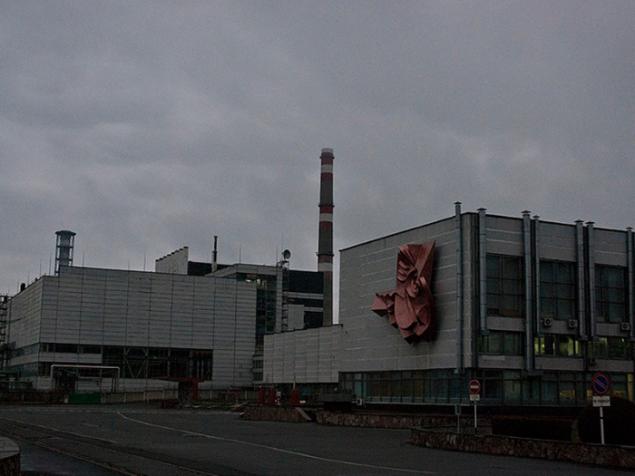
Shelter "Sarcophagus»
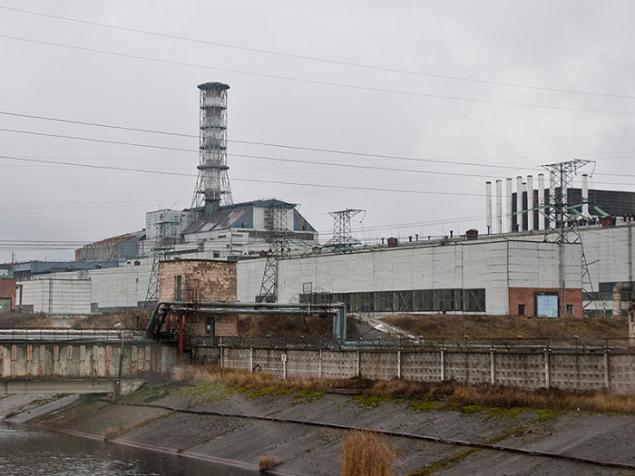
To isolate the destroyed reactor was set up protective structure "Shelter", informally referred to as the "sarcophagus" - design closes the destroyed fourth power unit to protect the environment from the ongoing effects of radiation.
The sarcophagus was built in just 206 days after the accident, missed as soon as possible. To build the sarcophagus was hired about 90,000 workers and used more than 7,000 tons of steel and 400 thousand cubic meters of concrete.
During the years of operation of the construction dilapidated and in need of serious repair - now there is its reconstruction.
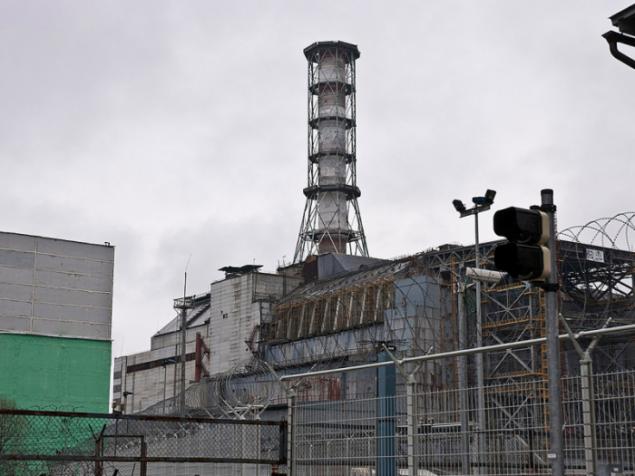
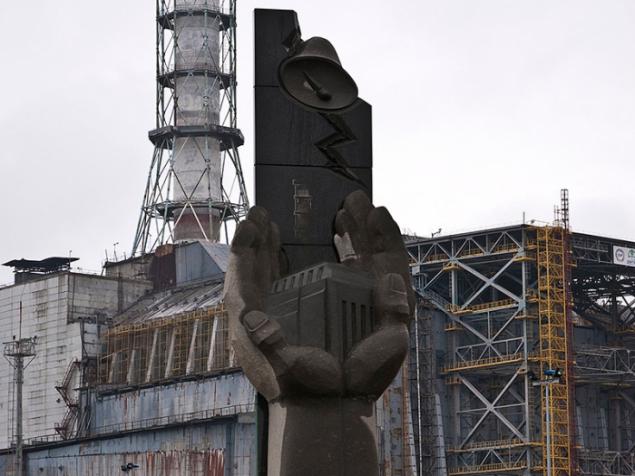
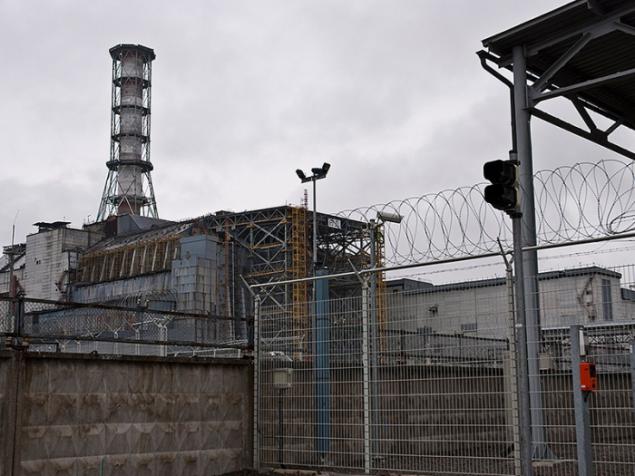
Exclusion Zone
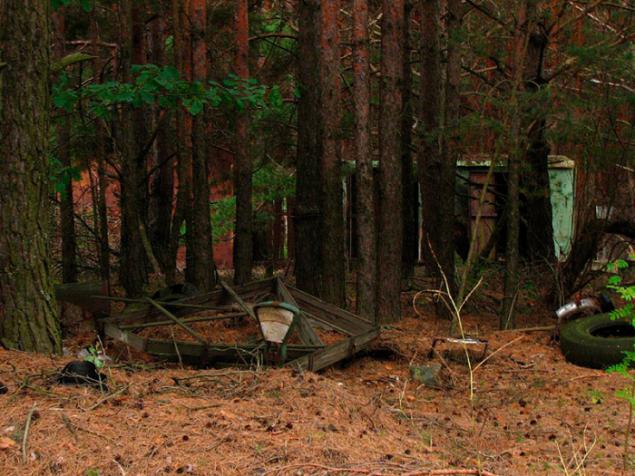
Exclusion Zone - a combination of radiation contaminated territories in the explosion of a reactor at the Chernobyl nuclear power plant in 1986. Zone is divided into three controlled territory, depending on the distance from the epicenter:
• Special Zone - the Chernobyl site itself.
• 10-kilometer zone.
• 30-kilometer zone.
From any of these areas can only by special permission.
The population living in the Zone, were evacuated immediately after the accident, and for rescue and clean-up left to eliminate the effects of the explosion were created conditions conducive to the safe movement and determination of the contaminated lands.
On the Exclusion Zone are guided tours with a visit to the local "attractions" Museums and communication with farmers squatters.

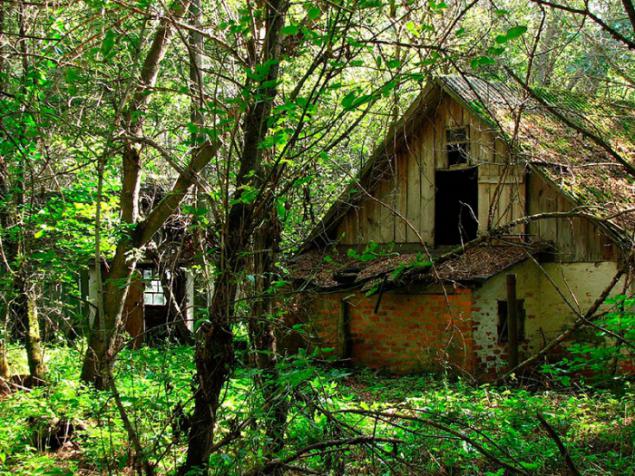
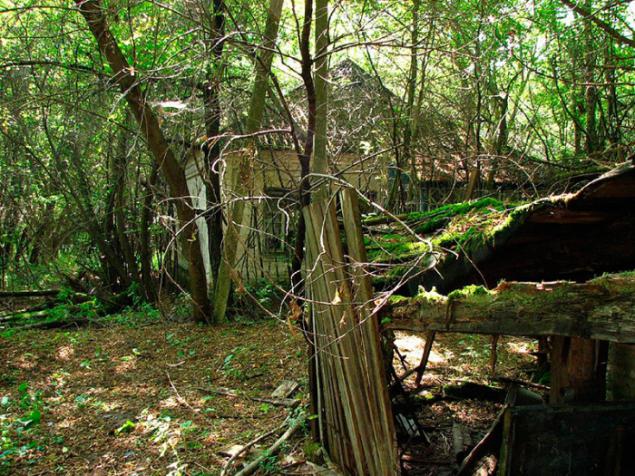

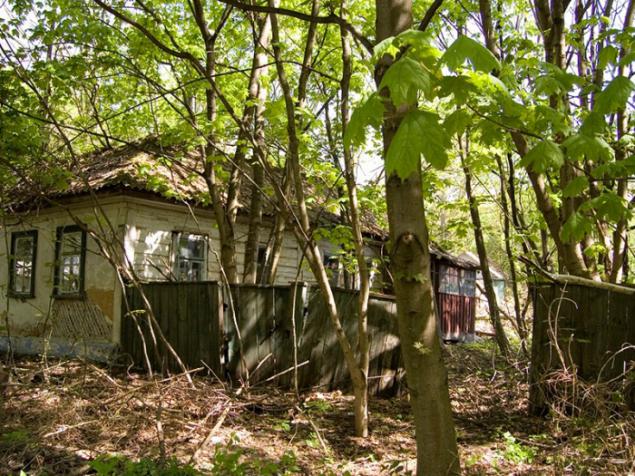
Amusement Park
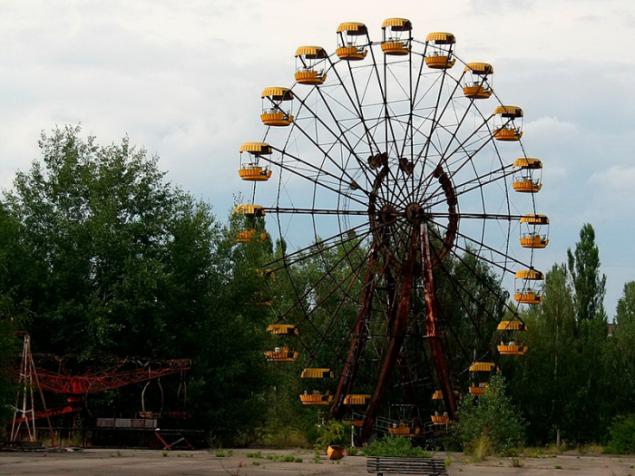
Amusement park and ferris wheel located here is a symbol of Pripyat. There are cars, boats and roundabouts for children. Many attractions today is almost totally destroyed, and some are used to create a staged photo.
The official opening of the theme park planned for 1 May 1986, but the carousel experimentally launched earlier. One version has it that it was done on April 27, 1986, in order to prevent panic because of rumors of a nuclear catastrophe.
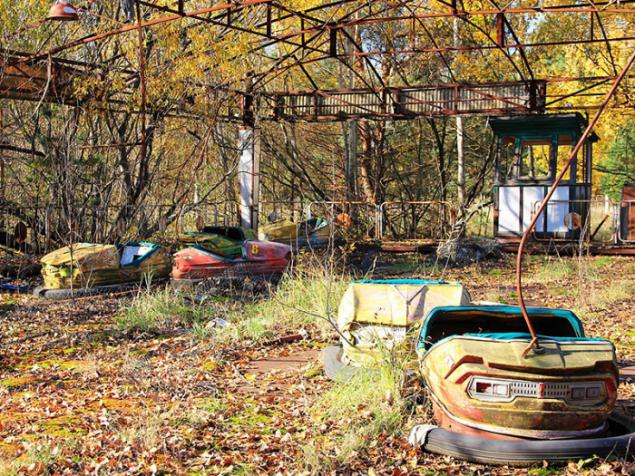

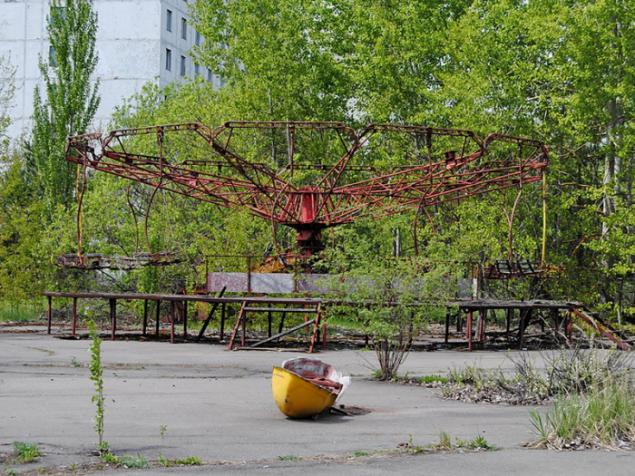
Hotel "Polesie»
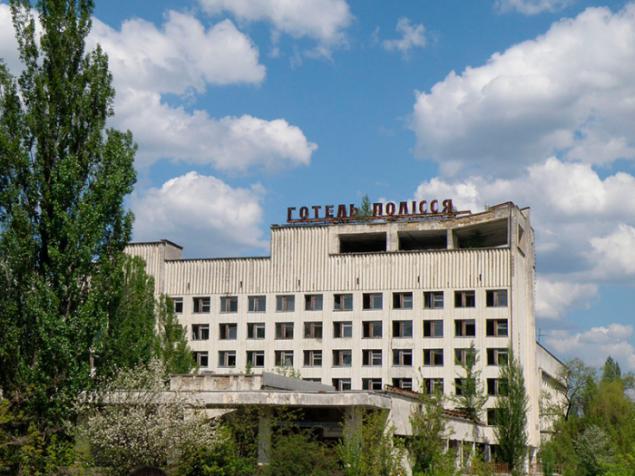
Hotel "Polesie" is located in the geographical center of the city - the main square of Pripyat, near the city park alley where the Ferris wheel, which is a symbol of Pripyat.
The building has a small number of floors, but rises above the surrounding buildings. According to the project, on the top floor of the hotel was planned to make a cafe with outdoor terrace and panoramic view - with views over the city neighborhood, but the plan went awry.
Hotel "Polesie" was involved in the process of eliminating the Chernobyl disaster in April 1986. There, next to the City Council, where the headquarters of the liquidation of the accident unfolded, the post was located based dosimetry and soldiers. Above the fourth unit circling helicopters bombarded with blazing reactor sand collected at the city marina. On the roof of the hotel was on the fourth block is great, so it housed spotters, guides the pilots.


Rusty wood
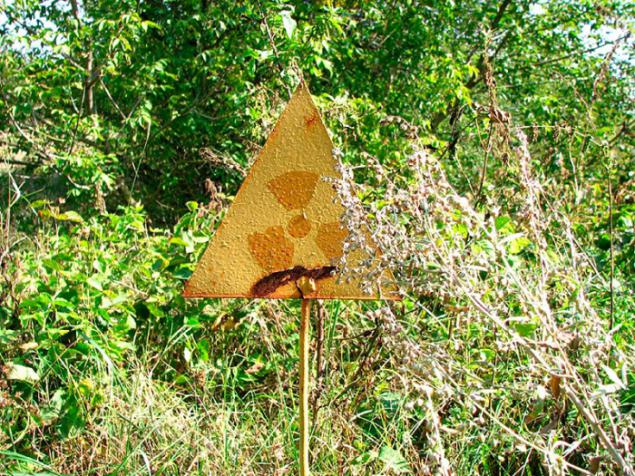
Unique forest covers about 10 square kilometers, is located adjacent to the Chernobyl area. It is characterized in that absorbed a huge dose of radioactive dust. Most of the trees have died, and the survivors have acquired a rusty hue, because of which the wood gets its name.
During the works on the decontamination of the Exclusion Zone, Red Forest was destroyed - it was demolished and buried, but after a time the trees were again to break through the forest and recovered through natural processes.

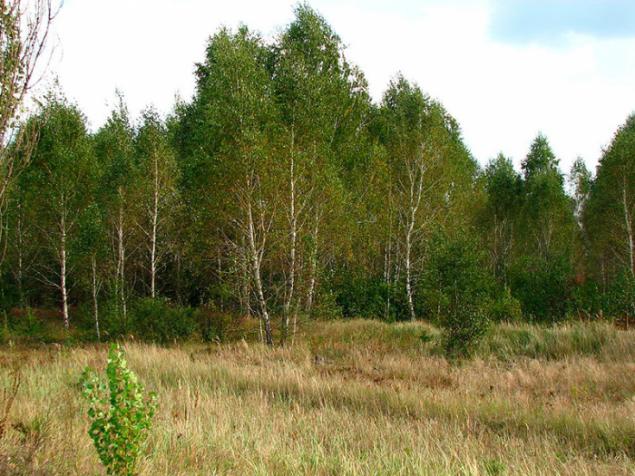
Pond-cooler of ChNPP
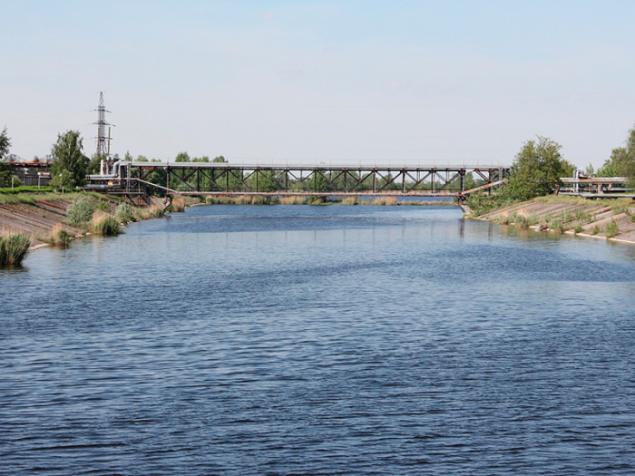
For the needs of the nuclear power plant was set up artificial water reservoir - cooling pond. A large area of the pond, the technical operation of an artificial pond and badly infected as a result of the release of radioactive particles is a serious potential threat to the surrounding areas. To continue to support the Chernobyl nuclear power plant in a safe state for the environment, it is necessary to constantly monitor the fluid in the reservoir and maintain the water level to nedopustit leakage, which may lead to the spread of radionuclides.
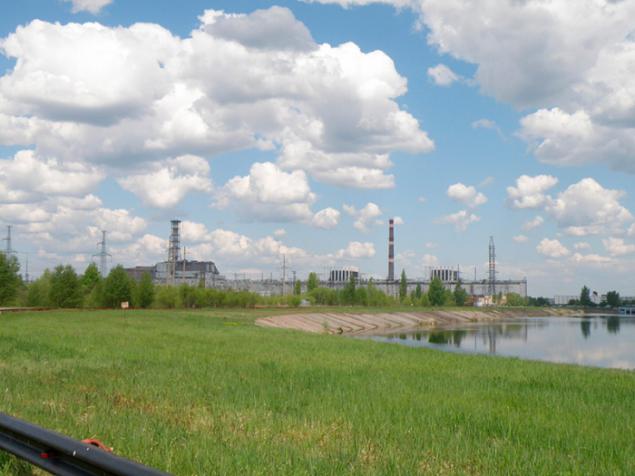
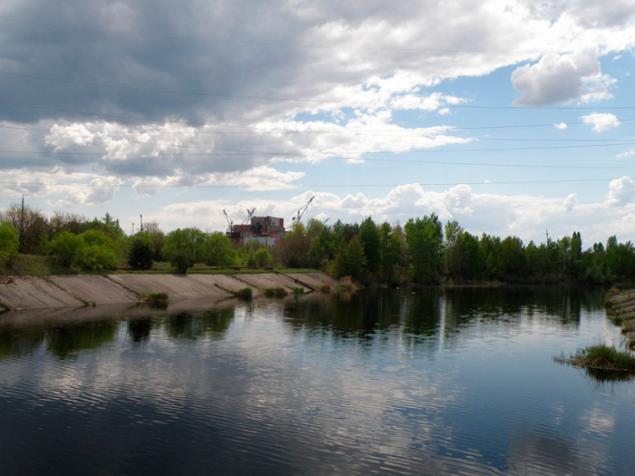
Most deaths

Leading in Pripyat road passes over the railway tracks, perfectly visible from nuclear power plants, towering above the forests. Here on the bridge 26 April 1986 Pripyat, the townspeople came to see the burning reactor, without knowing that the radiation level here was one of the highest in the city.
In a short time the bridge was closed and taken from both sides of the guards - police officers did not let anyone here except transport, which had to move across the bridge as quickly as possible.
Pool "Azure»
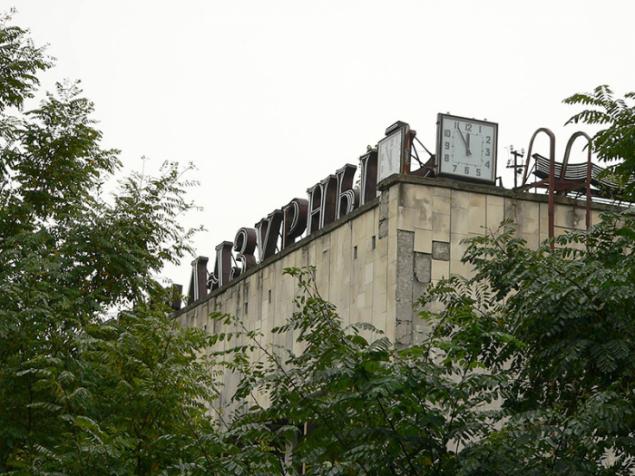
Pool "Azure" worked in Pripyat and the Chernobyl disaster - almost until the end of the 90s, is continued to operate nuclear power plants. Employees Pripyat companies come here to swim after a working day - the pool is located in a relatively clean and safe district of the city.
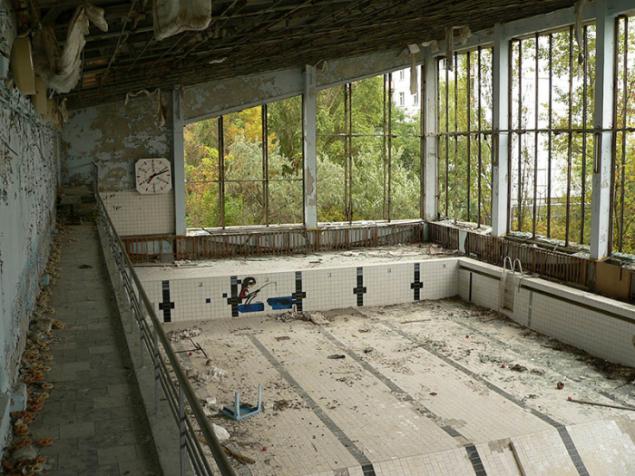

DC "Energetic»

Palace of Culture "Energetic" in Pripyat was built according to the standard plan 06.09.20 / 70. He was part of a complex of buildings of the central city, which included a department store, hotel, restaurant, kitchen for children, cinema, pharmacy, sports hall, cultural center, grocery store and more. The recreation center located clubs, were visitors and local bands and artists, showing concerts and performances.
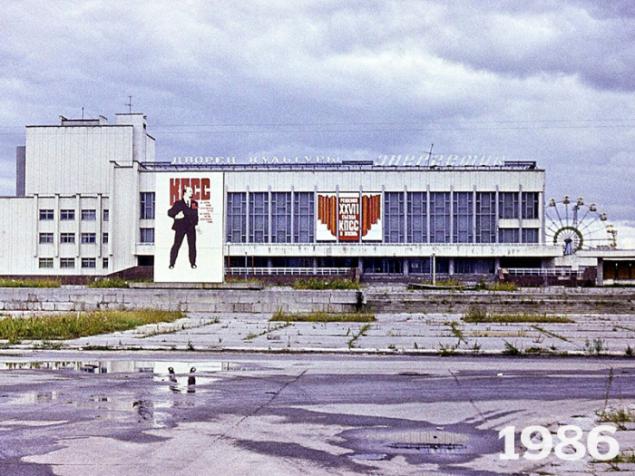
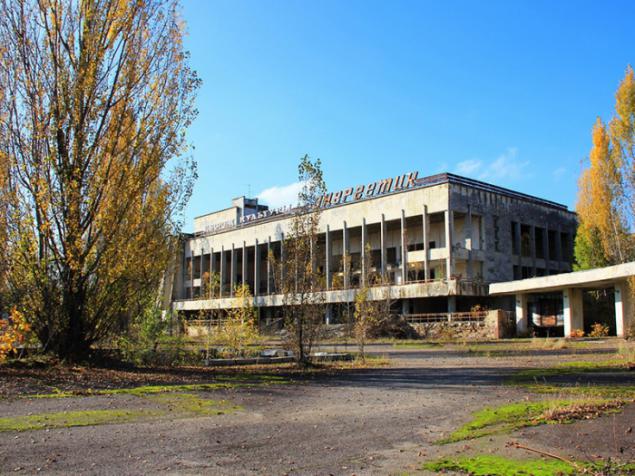
©
